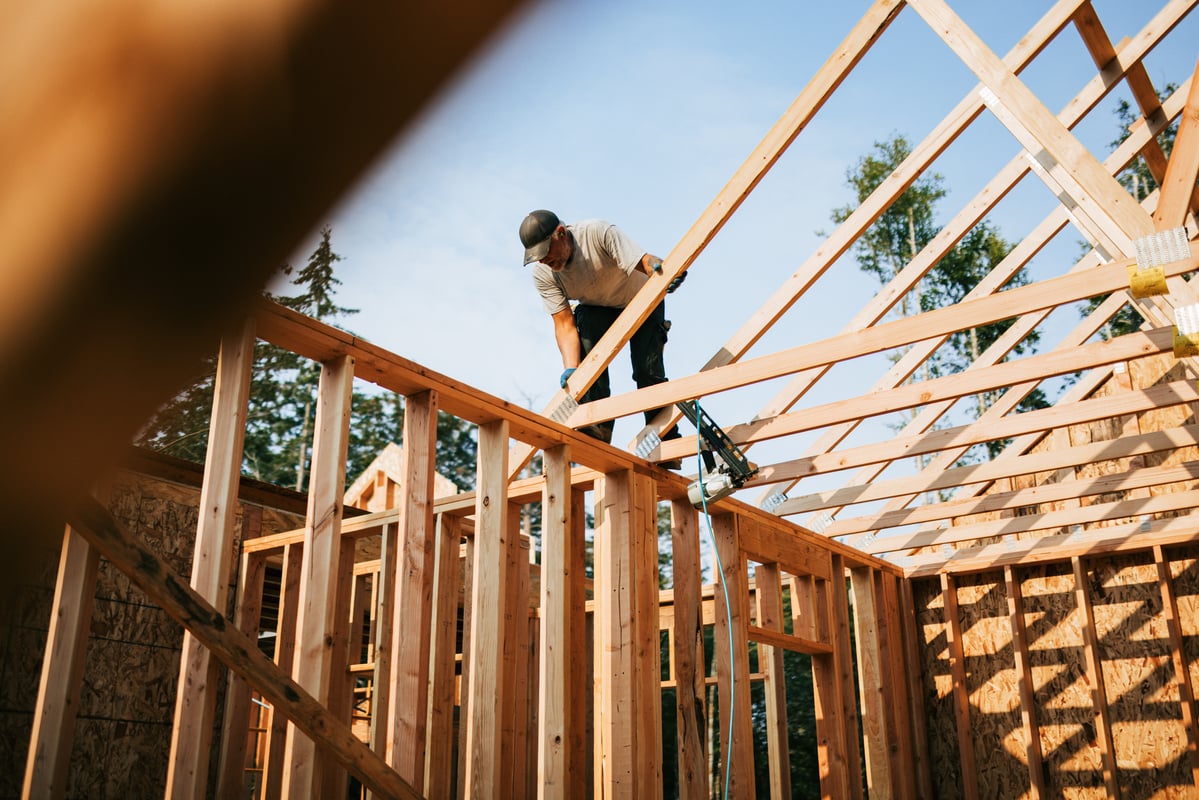Whether you're talking sales, net income, or everything in between, on just about all things Lowe's Companies (LOW +1.24%) continues to hit new record highs -- including its stock price. Is it time to finally take profits and exit Lowe's while the getting is good? Maybe that isn't a good idea. Here are three reasons Lowe's may still have of plenty more upside to go.

Source: Lowe's.
Reason 1: Underpromise and overdeliver
Lowe's originally guided for the fiscal year ending January 2015 to show a sales rise of 5% and for same-store sales to rise 4.5%. With the last quarter's report, the company revised its guidance. Sales are now expected to rise by 4.5%, along with same-store sales growth of 3.5%. More importantly, the company kept the diluted per share outlook at $2.63 because of stock buybacks and better margins.
Nobody likes to see softer revenue outlook, but in terms of stock ownership and a historically conservative Lowe's, we could see a situation where the company is simply setting itself up for an underpromise-and-overdeliver situation. Any even slight upside in sales delivery should translate to an even bigger bottom-line improvement and surprise.
The wild card is Lowe's newer ProServices program, which is focused on business customers. For 12 quarters in a row, it has outpaced the rest of its business. CFO Bob Hull stated in the last conference call that there is still "a lot of focus" in ProServices and that "we expect continued traction and momentum in the second half of the year." The company has been overall positively surprised by this segment of its business, so more surprises may be in store later this year.

Source: Lowe's.
Reason 2: An improving housing market
It should be obvious: The company known as "The Home Improvement Store" gets a boost when there is more homeownership, and thus potentially more homes in need of improving. In the last call, CEO Robert Niblock stated, "As we look at the backdrop for the second half of 2014, economic forecasts suggest continued strength in the home-improvement market as employment, income, and consumer spending levels continue to improve."
Niblock noted that the company is seeing "a more positive and sustainable trend" in terms of existing-home sales along with a rise in big-ticket projects. The key to continued positive trends in housing is twofold. First, it will of course directly help sales. Second, it will probably deliver confidence to investors in Lowe's for the near, medium, and/or long term. Higher confidence tends to breed higher trading multiples. In other words, good macro housing data could lead to a higher P/E ratio.

Source: Lowe's.
Reason 3: Cashola
Lowe's has been raising its dividend annually for about the past decade. Nothing says confidence louder than returning larger and larger piles of cash back to shareholders. As of last quarter, Lowe's had $4.3 billion left in its stock buyback authorization after buying back $1.1 billion for that single quarter alone. Sure, $4.3 billion might not seem like much on a market cap of $53 billion, but it is 8%, which is a rather decent chunk.
Eight percent would act as an 8% boost to earnings per share. For example $2.63 EPS would be boosted to $2.84. Another aspect that many people overlook with aggressive buybacks is that they make dividend payouts (and raises) much cheaper and more likely. With 8% fewer shares outstanding, Lowe's could raise its dividend by 8% and it wouldn't cost it a penny more than it paid before the buybacks. Higher dividends are not only great to get the money in your pocket, but higher dividend yields also tend to affect stock prices, and a higher yield is often corrected with a higher stock price.






